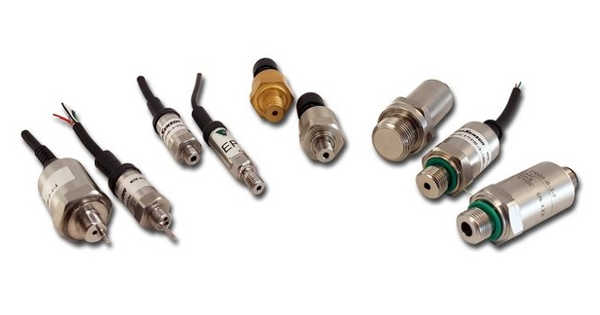It is difficult for archaeologists to locate anything except the most durable of remnants in southwest Finland. The soils of the boreal forest become acidic from the pine needles that fall to the ground, consuming anything that could be buried there. Additionally, over time, relics quickly disintegrate because to the bitterly cold winters and spring thaws. In order to learn more about how life was for those who lived in the area during the Iron Age, roughly between A.D. 600 and 1800, PhD candidate Tytti Juhola and archaeologist Amanda Henry chose to search in an unlikely place: between the teeth of those interred in Luistari cemetery.
Archaeological evidence includes objects that are much, much smaller than pottery pots, tools, bones, or deteriorating buildings. Microremains are just now coming to be understood as significant, minute pieces of the archaeological puzzle that can assist researchers in reconstructing previous lifestyles. Microremains can be found in particularly large quantities in the gaps between human teeth. Plaque that builds up on our teeth has a tendency to attract particles from the foods we put in our mouths. (One of the numerous explanations given by dentists for why we should brush and floss.)
When plaque eventually becomes dental calculus, it may capture minute details about a person’s diet, any medications they may have taken, and even how they utilized their teeth as tools. Although the study of dental calculus and the minute hints it contains is a relatively new topic, it has already been used to address a number of fascinating archaeological concerns, such as what the diet of the Neanderthals would have included. Between 1968 and 1992, the Luistari cemetery was excavated, leaving behind a collection of study-able human remains. (Compared to other regions of the globe, excavation of human remains is not frequently viewed as problematic in Europe.)
The researchers closely examined 32 samples of dental calculus from those bones, as well as a small number of silt samples that had been labeled as “unidentified organic debris” or, more simply, “dirt” during the first digs. The initial objective for Henry, an archaeologist at the University of Leiden, and Juhola, a doctorate candidate at the University of Helsinki, was to search for phytoliths, a type of inorganic skeleton that plants construct throughout their lives. Microscopic mineral ions are taken up with groundwater and lodged in the tissues of plants to create phytoliths. These minerals create a type of framework that strengthens the plant as they are deposited inside and around the cells of the plant.
Those mineral fragments can survive after the plant has decayed and died for hundreds or even thousands of years. These microscopic structures may frequently be used to identify the plants that were growing in and around an archaeological site—or that someone took into their mouth. The form of the phytolith relies on the sort of plant cells it originally originated from. Unfortunately, just one phytolith—and it wasn’t even near a tooth—was discovered by the team. They discovered it in a sample of silt taken from a bracelet that was worn by a person whose stomach had been curled over.
The phytolith may have originated in that person’s stomach, but there was insufficient information to draw any definite judgments regarding its origin, nature, or significance. This kind of situation is common in archaeology; tempting suggestions and minute details can pile up to significant lines of evidence even though they cannot be used to establish conclusions. What did Juhola and Henry discover, then, if not the phytoliths they were hoping to find?
















